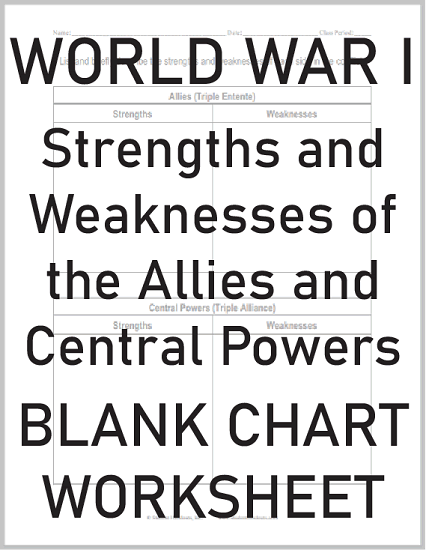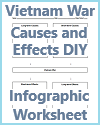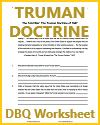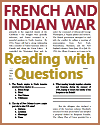Students complete this DIY infographic by listing the strengths and weaknesses of the Allies (Triple Entente) and Central Powers (Triple Alliance).
Click here to print (PDF). Answers will vary.
The Triple Entente and the Triple Alliance were two opposing alliances during World War I, each with its own strengths and weaknesses.
Triple Entente (Allied Powers):
Strengths:
- Numerical Superiority: The Triple Entente, composed primarily of France, Russia, and the United Kingdom (later joined by Italy and the United States), had a larger population and more resources compared to the Triple Alliance. This gave them an advantage in terms of manpower and industrial capacity.
- Global Reach: The Allied Powers had a more extensive global network, including colonies and territories in Africa, Asia, and the Americas. This allowed them to mobilize resources and troops from around the world.
- Economic Resources: The industrial and economic strength of the British Empire and the United States provided the Allies with the ability to produce weapons, equipment, and supplies on a large scale.
- Naval Dominance: The Royal Navy of the United Kingdom was the world's most powerful navy at the time, giving the Allies control over sea routes and the ability to blockade the Central Powers.
- Flexibility: The Allies had a more flexible alliance structure, which allowed for the admission of new members (e.g., Italy and the United States) as the war progressed.
Weaknesses:
- Coordination and Communication: The Allies had to coordinate efforts among diverse nations with different military strategies, languages, and cultures, which sometimes led to difficulties in communication and coordination.
- Logistical Challenges: The vast geographic distances between Allied powers posed logistical challenges in terms of transportation, supply lines, and communication.
- Political Differences: Political differences between Allied powers, particularly between democratic states like the United Kingdom and France and autocratic Russia (which pulled out due to its own revolution), occasionally led to tensions and disagreements.
Triple Alliance (Central Powers):
Strengths:
- Geographical Position: The Central Powers, primarily composed of Germany, Austria-Hungary, and the Ottoman Empire (later joined by Bulgaria), had a more central and defensible geographical position in Europe.
- Military Skill: The German military, in particular, was well-trained and highly disciplined. German military leadership, including figures like Field Marshal Paul von Hindenburg and General Erich Ludendorff, demonstrated tactical skill.
- Alliance Stability: The Triple Alliance had a more stable alliance structure with long-standing partnerships, which allowed for better coordination and strategic planning.
Weaknesses:
- Numerical Disadvantage: The Central Powers faced a numerical disadvantage in terms of population and resources. They had fewer soldiers and less industrial capacity than the Allies.
- Economic Resources: The economic resources of the Central Powers were not as vast as those of the Allies. This limited their ability to sustain a prolonged war.
- Blockades and Naval Inferiority: The British Royal Navy's blockade of Germany severely limited the Central Powers' access to essential resources and supplies. The Central Powers also had weaker naval forces, despite the use of U-boats by the Germans.
- Internal Pressures: The multi-ethnic empires of Austria-Hungary and the Ottoman Empire faced internal pressures and nationalistic movements, which weakened their cohesion.
- Lack of Global Reach: The Central Powers had fewer colonies and territories around the world, limiting their ability to draw resources and troops from a global network.
In summary, the Triple Entente (Allied Powers) had strengths in terms of numerical superiority, global reach, and economic resources, but faced challenges in coordination and communication. The Triple Alliance (Central Powers) had strengths in military skill and alliance stability, but suffered from a numerical disadvantage, economic limitations, and naval inferiority. Ultimately, a combination of factors, including the entry of the United States into the war and internal pressures within the Central Powers, contributed to the Allied victory in World War I.
|













